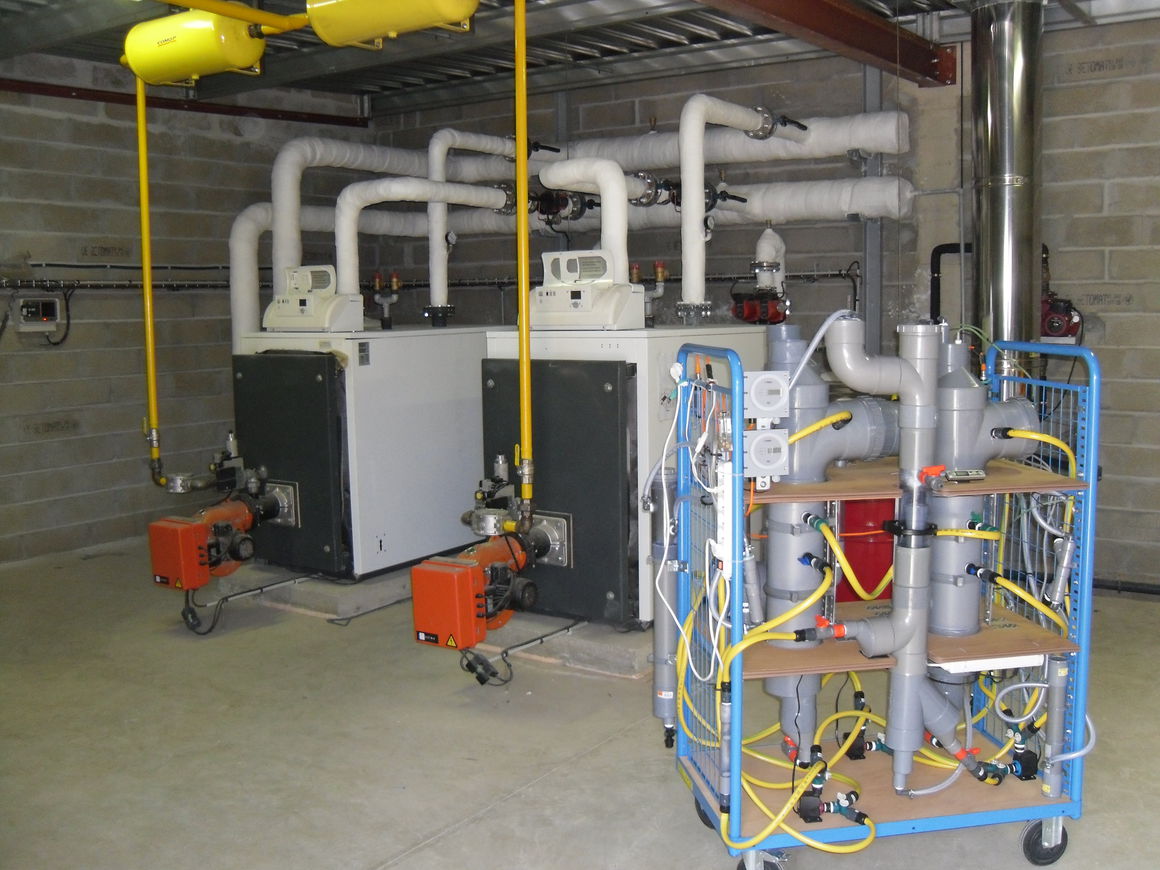Valocarb© Technology Massive « green » hydrogen production
This technology, developed by CO2 Nouvelle Energie/Valocarb© is a bio-inspired rupture technology, that uses CO2 to dissociate the water molecule, this dissociation being the starting point of a cycle allowing the production of hydrogen at low cost.
This technology is based on an extremely fine understanding of the physico-chemical mechanisms involved in the dissolution of gases, and allows to copy the functioning of the living, while breaking the constraints of the living.
CO2 thus plays the role of a hydrogen production vector, in relation to a set of other vectors present in the aqueous phase, acting according to a large number of interconnected physico-chemical mechanisms, creating self-regulatory mechanisms that will naturally oppose this cycle, and that need to be mastered in order to be able to control and ensure its continuous operation.
VALOCARB© will be able to produce massive amounts of hydrogen at low cost, using this technology called the « artificial carbon cycle » process.
An industrial pilot is being studied for the last phase of R&D, before a massive deployment.
This « green » and low-cost hydrogen:
- will be able to be used in all current hydrogen markets
- will be able to fuel green mobility, by allowing the advent of hydrogen cars
- will ensure a massive energy transition, by replacing fossil energy.
Since hydrogen produced by electrolysis of water, through electricity from wind turbines and solar, is called « green » hydrogen, hydrogen produced using the « artificial carbon cycle », Valocarb process, then deserves, in fact, the qualification of « super green » hydrogen, because this process:
- does not generate CO2
- use CO2 to dissociate the water molecule
- produce hydrogen-energy which can substitute for the initial fossil energy source, which generates CO2.
